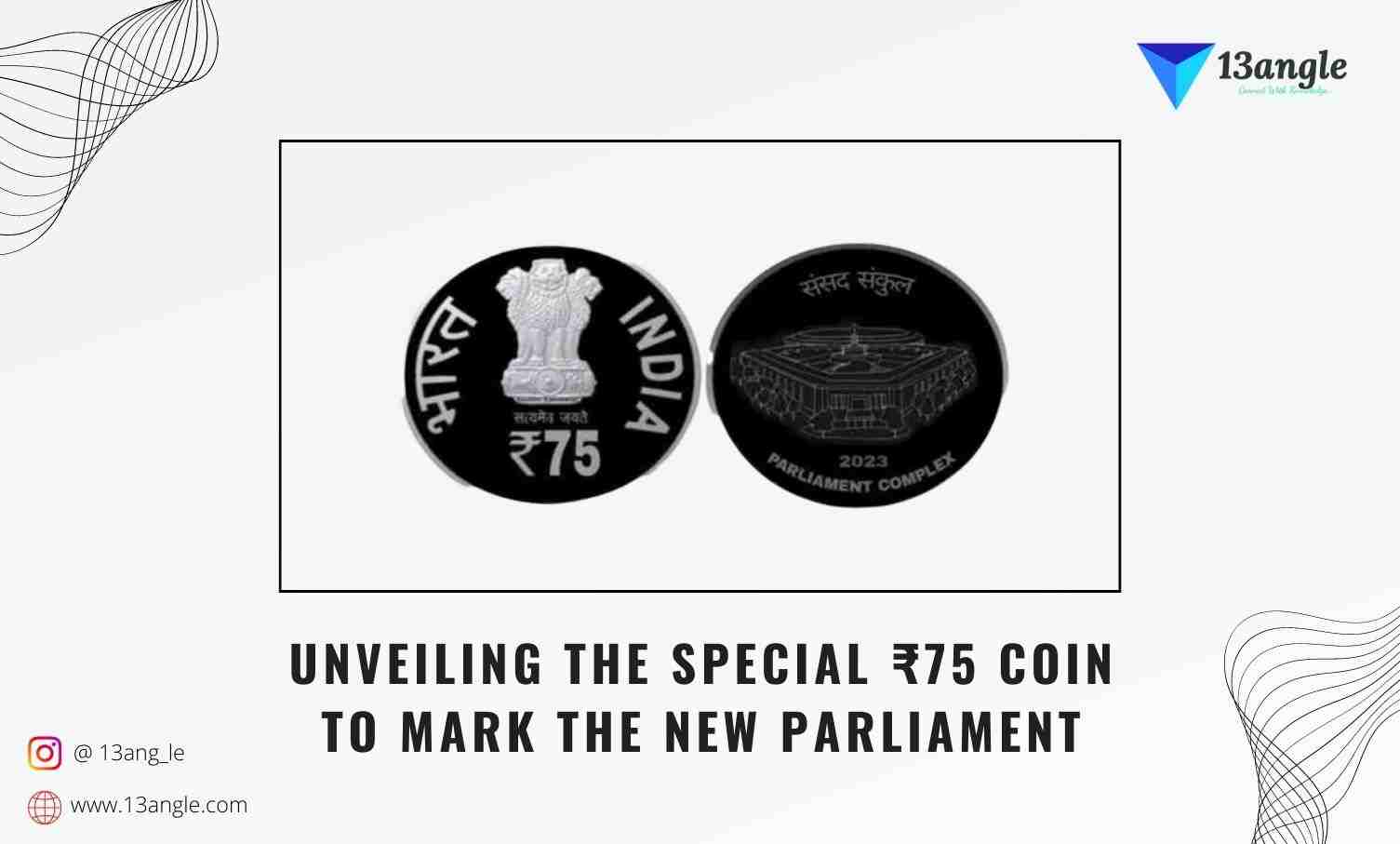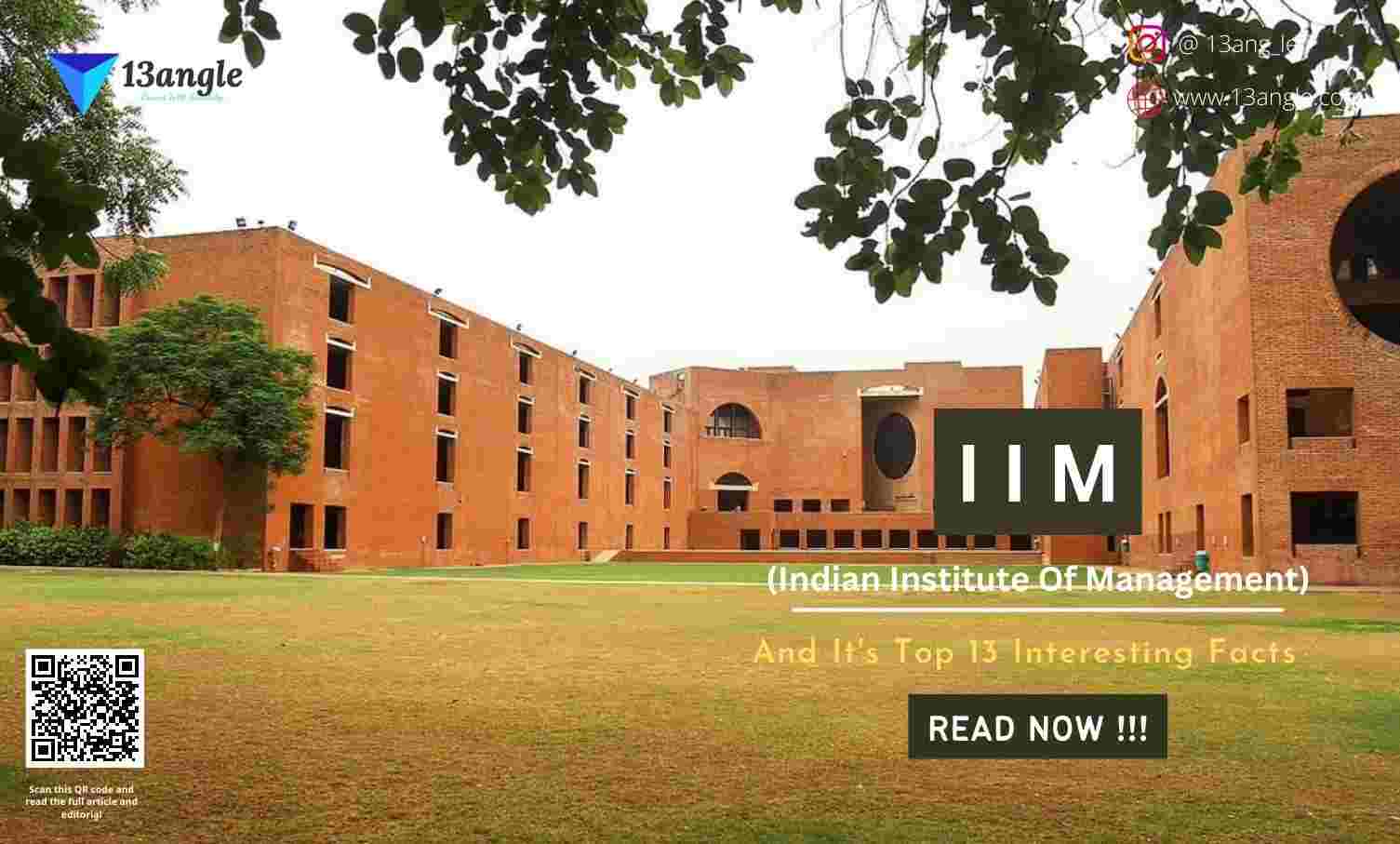
Introduction
- In our quest to understand behaviour and its origins, the idea of motivation is crucial. The study of it not only helps us understand why we do the things we do but also why our behaviours can change when our focus shifts or gets redirected. Understanding motivation may help us answer questions like “Why do other people behave the way they do?” or “Why do individuals persevere in particular actions even when they don’t appear to offer any visible or immediate rewards?” Motivation is crucial to many essential types of behaviour and thus calls for our undivided attention and understanding.
Meaning And Nature Of Motivation
- Internal mechanisms that trigger, direct, and maintain behaviour are defined by psychologists as motivation. The word “move” is derived from the Latin word movere, which means “to move.” The concept is used by psychologists to explain how internal factors appear to move animals and people toward specific goals. As a result, motivation is defined as a process that influences the direction, persistence, and vigour with which goal-directed behaviour is carried out. Consider the following scenario: Loneliness may prompt you to call a friend or visit a social gathering. Many people attend college because they want to advance in life. The desire to keep a roof over one’s head and food on the table motivate people to get out of bed in the morning.
1. Intrinsic And Extrinsic :-
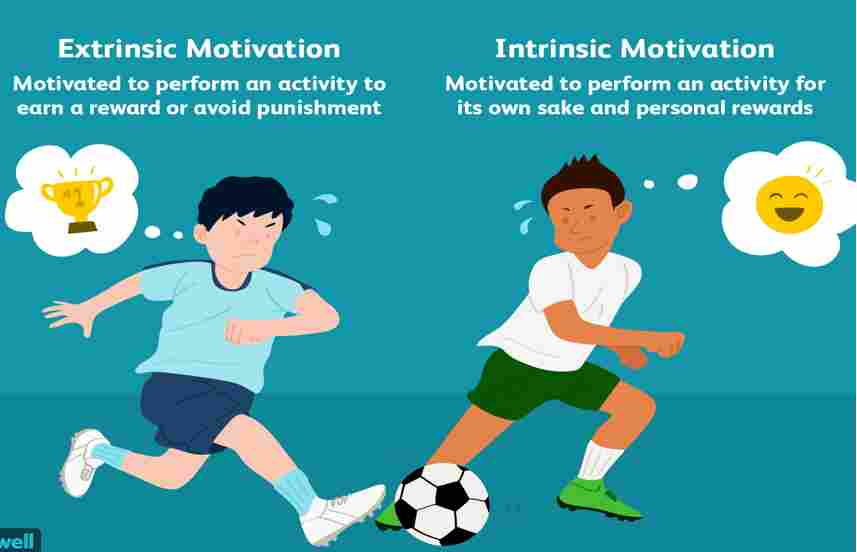
Extrinsic Motivation: In this motivation, a person is motivated to do something because it leads to a result that is external to them. Giving a child money for every A on a report card, giving an employee a bonus for increased performance, or tipping a server in a restaurant for good service are all examples. External or extrinsic benefits drive the kid, employee, and servant to work.
Intrinsic Motivation: Intrinsic motivation occurs when a person performs an action because the action is enjoyable, rewarding, challenging, or satisfying on an internal level. Depending on the type of motivation, both the outcome and the level of effort can differ.
2. Motivation Cycle :-
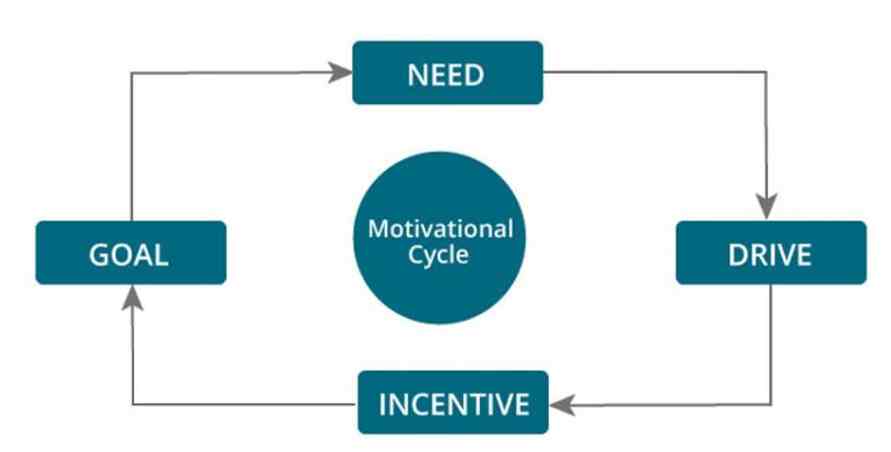
- A motivation cycle is a change of states inside an organism that drives it toward the fulfillment of a certain demand, where motivation is regarded as a postulated condition. The condition of motivation is further divided into four stages, each of which occurs in an organism to propel it toward a certain activity. Each activity is started in response to a certain demand. The individual is compelled to act because of the need. Positive outcomes, because of the activities, serve as an additional motivator to drive a person toward the objective. However, once an individual achieves a goal, he or she is unable to quit, and the phenomenon persists. The motivational Cycle is the name given to this occurrence.
Types Of Motivation

1. Biogenic
- Biological motivations, sometimes known as biogenic causes, were once adopted by psychologists to explain behavior. When the body’s homeostasis, or normal physiological condition, is disrupted, it triggers a variety of biological responses to restore equilibrium. This equilibrium is critical for survival.
i. Hunger Motivation:-
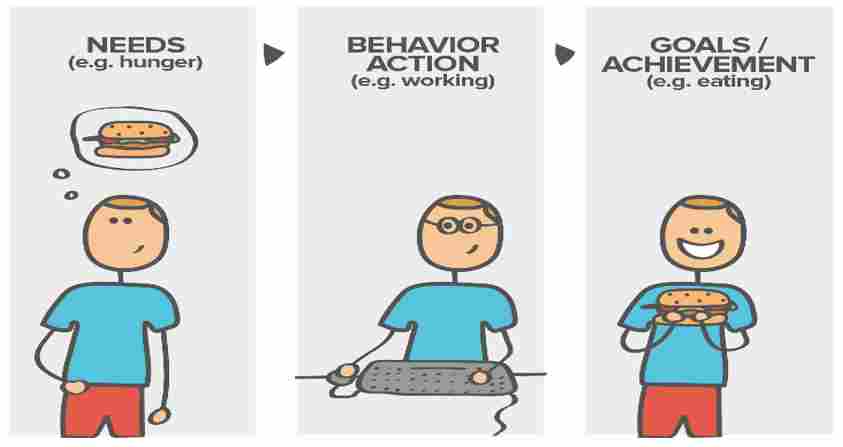
- Hunger is a driving force. Hunger pains occur when there is a shortage of food in the stomach. The stomach contracts, signaling the start of the hunger urge. There are various factors causing hunger. Many studies have demonstrated that when a person consumes too much blood sugar or glucose after fasting, it promotes hunger. Hunger motivation is also influenced by the amounts or rates of consumption of dissolved nutritive elements in the blood. If the levels fall below a particular amount, called the set point, hunger is triggered, and food is ingested to bring the blood levels of nutrients back to the set point. As a result, both internal and external influences play a role in controlling eating habits.
ii. Thirst Motivation
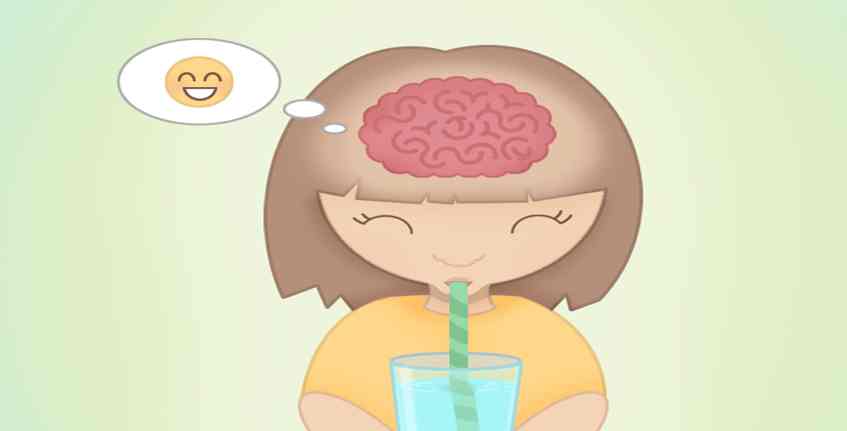
- The body is thought to control thirst and drinking on an internal level. Only one feels thirsty when the mouth is dry. The Antidiuretic Hormone (ADH) is a hormone that regulates the body’s water levels. ADH stops the kidneys from losing water. The thirst drive and drinking behavior may be triggered by the loss of water from the cells or a drop in blood volume, according to certain theories.
iii. Sexual Motivation
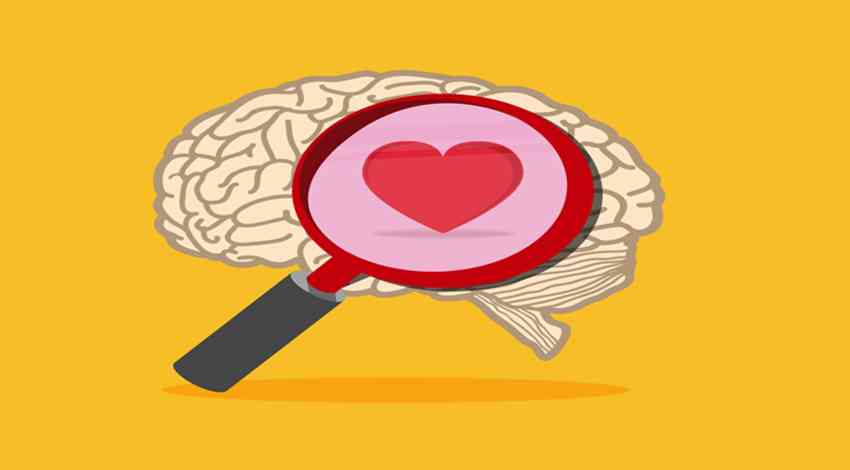
- Sexual desire is influenced by the body’s physiological state. It’s also thought to be a biological urge. This urge differs from hunger and thirst drive in several ways. The sexual urge is unaffected by any physical defect or lack of a chemical in the body. As a result, it is not caused by a homeostatic imbalance or the presence of too many hormones in the body. The amount of the male hormone testosterone determines sexual desire in men. Oestrogen, a female hormone, is responsible for sexual behaviour in females. The hormone release is controlled by the hypothalamus.
2. Sociogenic

Extrinsic needs that are taught in social groups, such as peers or family, are more complicated than intrinsic needs. Depending on the personality type, these requirements may differ from person to person. There are many different types of social reasons and determining which is the most significant or least important is challenging. Social reasons are similarly difficult to quantify. Achievement motivation is a sort of sociogenic motivator that refers to the desire to succeed at a task and outperform others.
The desire to make friends and collaborate with others is referred to as affiliation motivation.
The urge to battle and exact retribution, to degrade, curse, or criticize the other, is referred to as the aggression motive.
The urge to look after others or to assist others when they are in distress or unwell is known as the nurture motive.
When a person seeks to dominate or influence another person to become a leader, dominance intentions are revealed.
The drive to attain power or perform activities that make a person feel powerful and strong is known as power motivation.
Theories Of Motivation
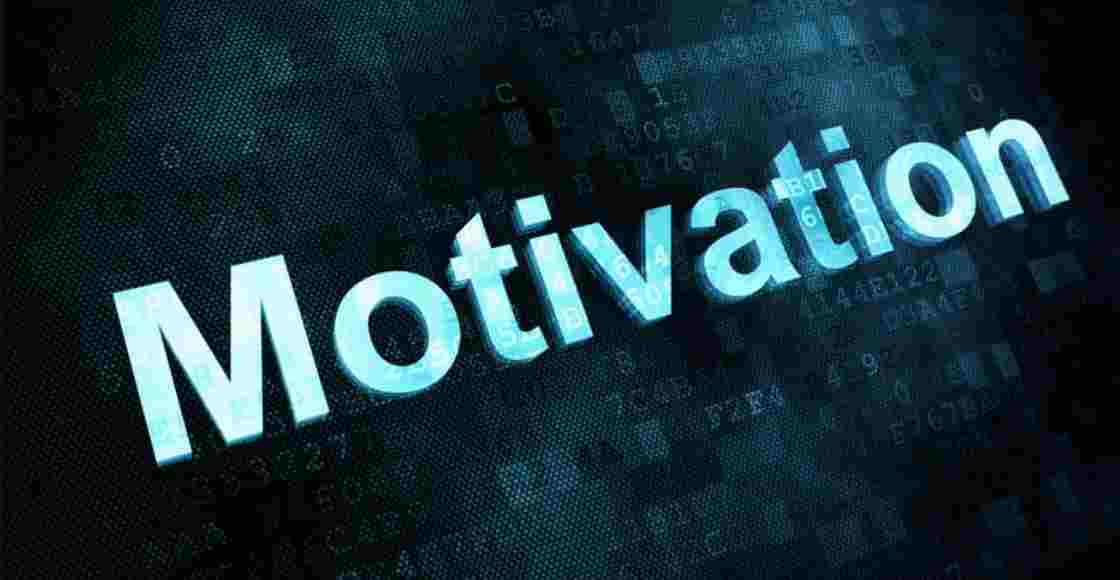
1. Evolution, Instinct, And Genes:-
- Early psychology notions that instincts drive much of human behaviour were influenced by Darwin’s theory of evolution. An instinct (also known as a fixed action pattern) is a hereditary trait shared by all members of a species that causes the organism to automatically generate a certain reaction when it is exposed to a specific stimulus. Researchers have postulated hundreds of human instincts by the 1920s.
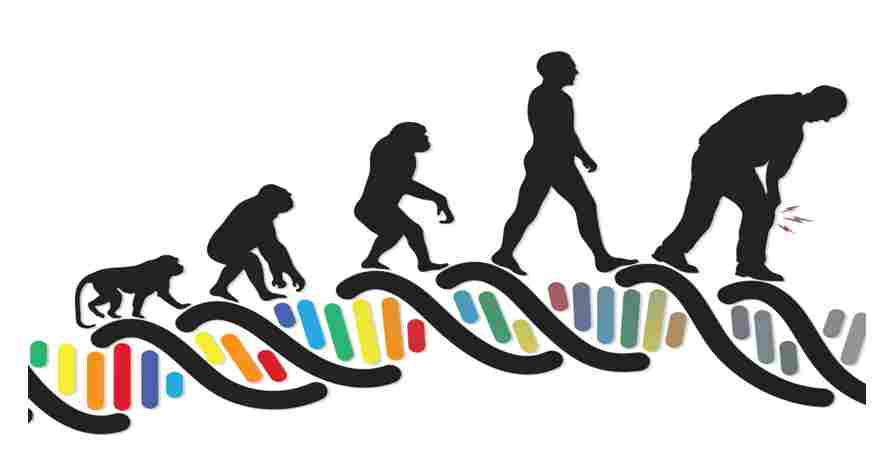
- Contemporary research, on the other hand, focuses mostly on genetic influences on motivation. Animals are used in gene knockout experiments to block certain genes and then study the impact on motivation. Researchers also undertake twin and adoption studies to see how much genetics explains variations among persons in various facets of motivated behaviour, such as outgoing or antisocial inclinations. Many human impulses, according to modern evolutionary psychologists, have evolutionary origins that are exhibited through gene activities.
2. Homeostasis And Drives:-
- The biological processes of our bodies are finely balanced to maintain our life. When we are overheated, for example, our bodies attempt to cool ourselves by sweating. When we are chilly, our bodies shiver to create heat. Walter Cannon established the notion of homeostasis in 1932, which describes a condition of internal physiological balance that the body seeks to maintain. A sensory mechanism for detecting changes in the internal environment, a reaction system that can restore balance, and a control center that receives information from the sensors and triggers the response system are all necessary for maintaining homeostasis.
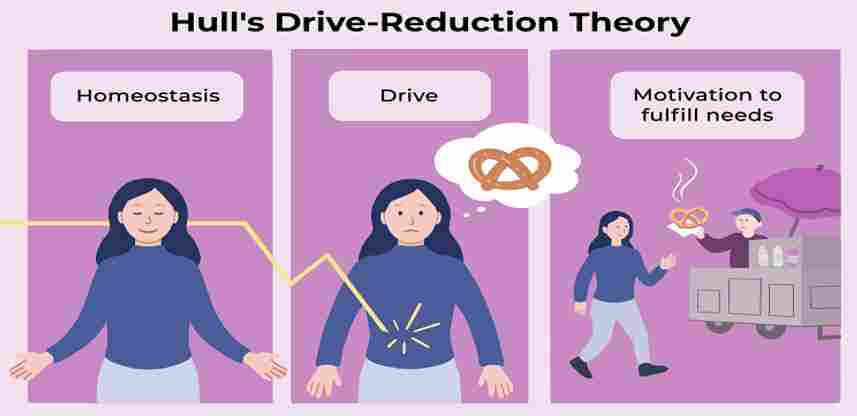
- Physiological disturbances to homeostasis, according to Clark Hull’s (1943) influential drive theory of motivation, cause drives, states of internal tension that compel an organism to respond in ways that alleviate this tension. Hunger and thirst are drives that develop from tissue deficiencies (such as a lack of food or water) and propel an organism towards action. Hull, a learning theorist, claimed that the ultimate purpose of motivating behaviour is to reduce urges.
3. Approach And Avoidance Motivation:-
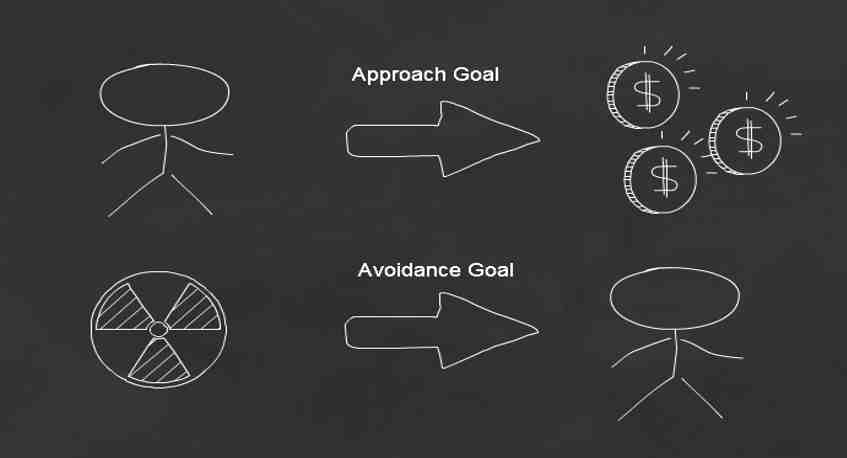
- We prefer incentives over punishment and deprivation because we want to maximise pleasure while minimising pain. These seemingly universal traits indicate the activation of two distinct neural systems in the brain. According to Jeffrey Gray, the behavioural activation system (BAS) is triggered by indicators of potential reward and positive need fulfilment. This brain mechanism activates in preparation for pleasure, prompting a person to start or speed up behaviour toward positive goals (the things we want). The BAS is responsible for the production of hope, pleasure, and happiness. In avoidance motivation, the behavioural inhibition system (BIS), which responds to inputs indicating potential pain, nonreinforcement, and punishment, is activated. The BIS causes fear, inhibition of behaviour (such as when humans and other animals freeze in fear), and escape and avoidance behaviours. People with a high BAS value novelty and change, whereas those with a high BIS value consistency.
4. Psychodynamic Views:-
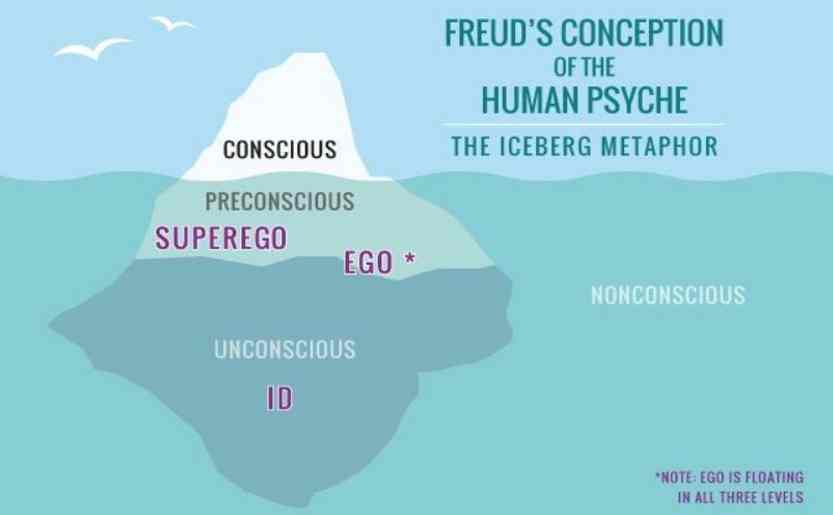
- Motivation is viewed from a psychodynamic viewpoint as part of a larger picture of personality development. Unconscious drives, particularly sexual and violent inclinations, are often hidden and presented through socially acceptable behaviors, according to Sigmund Freud (1923). As a result, one’s motivation may be fuelled by underlying hostile inclinations. other psychodynamic theories emphasize motivations such as self-esteem and social connectedness. Unconscious reasons, coupled with conscious mental processes, determine how we act and feel, according to modern psychodynamic theorists.
5. Cognitive Process: Incentives And Expectancies:-

- Environmental cues that draw an organism toward a goal are referred to as incentives. Goal-directed behaviour is governed by the intensity of a person’s anticipation that specific behaviours will lead to a goal, as well as the incentive value the individual places on that goal, according to one cognitive approach, the expectancy * value theory. When these two elements are multiplied, the following equation emerges:
Expectancy * incentive value = motivation.
6. Humanistic Views – Maslow’s Need Hierarchy:-
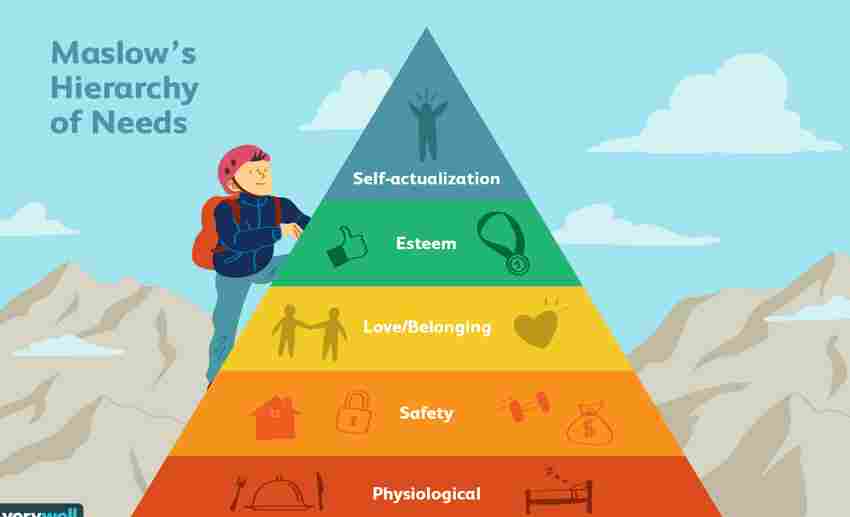
A humanistic theorist named Abraham Maslow suggested a wide motivational paradigm (1954). He thought that other approaches to psychology disregard a vital human motivation: our desire to improve ourselves. He developed the idea of a need hierarchy, which he defined as a development from deficient requirements (those connected with bodily and social survival) to distinctively human growth needs at the top. We focus on our desire for safety and security after our fundamental physiological demands have been met. After that, we address the demands of the next higher level, and so on. If circumstances change and lower-level wants are not supplied, we concentrate our attention until they are met.
The ultimate human motive, according to Maslow, is self-actualization, which signifies the desire to reach our full potential. It inspires us to improve ourselves cognitively, artistically, emotionally, and socially, to engage in things for their own sake rather than for the sake of gaining esteem or belonging, and to live profound and meaningful lives committed to the benefit of all people, not just ourselves.
7. Self-Determination Theory:-
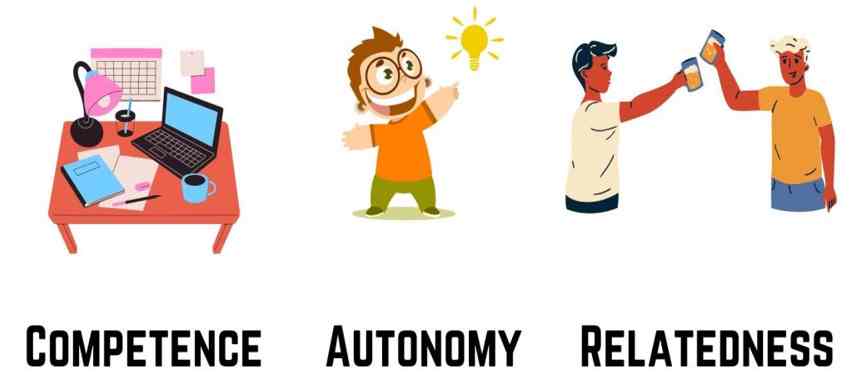
Edward Deci and Richard Ryan have proposed a more contemporary humanistic view of motivation. Self-determination theory examines the relationship between three basic psychological needs—competence, autonomy, and relatedness—and intrinsic and extrinsic motivation. These three requirements are seen to be as basic and universal as biological requirements such as food and water. When people can meet these basic requirements, they are most fulfilled or self-actualized in their life. When one’s wants aren’t met, it can have a detrimental impact on one’s psychological and physical health.
Competence drive stems from a fundamental human need to feel capable, conquer new difficulties, and polish skills. Many experimental and growth-inducing human behaviours are motivated by this drive. When people see their behaviours because of free choice without external influence, their demand for autonomy (or self-determination) is met. Self-determination theorists believe that autonomy leads to more self-ownership of behaviours, emotions of personal control, and self-actualization. Our urge to build meaningful ties with others—to care for and be cared for—is referred to as relatedness. At first look, relatedness and autonomy appear to be mutually exclusive, yet the two can really complement one other.
8. McClelland’s Acquired Needs Theory:-
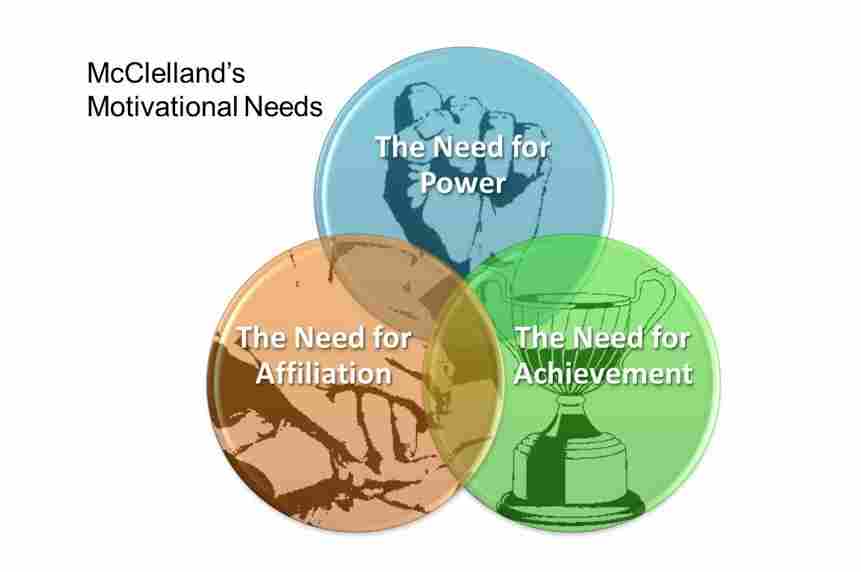
David McClelland established this theory, which emphasizes three core needs: accomplishment, affiliation, and power.
Need for Achievement- This refers to obtaining excellence, setting challenging objectives, overcoming hurdles and problems, competitiveness and perseverance, and the need to master skills, among other things. People with a high need for accomplishment aspire to attain their objectives and establish new ones for themselves. They also require feedback on their work.
Need for Affiliation- Affiliation is required to sustain personal and intimate relationships with others. People who have a strong desire for Affection want to be loved.
Need for Power- The desire for power has to do with exerting influence, effect, and control over others. People with a strong desire for power want to be able to influence and affect others.
Motivation In Educational And Work Setting
1. Motivation in Educational settings
True education is a lifetime endeavor. However, to continue to accomplish this, a youngster must find learning interesting and fulfilling to establish the long-term drive required for long-term success. Processes such as teaching, and learning cannot be fruitful without the presence of motivation. It not only results in more positive student behavior but also adds to a stronger sense of well-being.
Children and teenagers are motivated when they are focused on a certain goal or objective. This way, they combat distractions and maintain focus for the long term. These motivated students behave in a goal-oriented manner. Some of the character traits they exhibit are leadership, tenacity, determination, curiosity, and respect. they can orchestrate their own path. Lack of motivation, which manifests itself as emotions of dissatisfaction and aggravation, is a significant barrier to academic performance that impedes productivity and well-being in the long run. Several elements impact learning motivation, including the capacity to trust in one’s own work, a lack of understanding of one’s own value, and the qualities of academic activities.
Learning is fuelled by motivation. Completing even the most basic tasks may be difficult, if not impossible, without it. As a result, knowing how to accommodate and support motivation in the classroom is critical.
2. Motivation in work settings
- All motivation originates from inside, whether it’s prompted by external incentives or endeavors that improve our self-image or intrinsically motivated activities that we do for no other reason than to enjoy ourselves. Employee motivation is an essential component that refers to the amount of commitment, drive, and enthusiasm that people bring to their employees daily. It is a requirement that asks for a manager’s attention. Missing deadlines decreased productivity and lower production quality are some of the consequences of lack of motivation in the workplace. Motivation may be used to boost employee productivity and pleasure at work, as well as to assist define individual and organisational objectives, put stress into perspective, and arrange employment to provide optimal levels of challenge, control, diversity, and cooperation.
Top 13 Interesting Facts About Motivation
Motivation is the process by which activities are started, directed, and sustained so that physical and psychological needs are fulfilled
The source of motivation is a complex of neurochemical networks that emerge throughout time because of our experiences.
Instinct approaches to motivation proposed that some human actions may be motivated by instincts, which are innate patterns of behaviour found in both people and animals.
The best way to sustain motivation is to support internal drivers with the right kind of external feedback.
Motivation influences the direction, vigour, and persistence of goal-directed behaviour
When it comes to motivation positive reinforcement is better than fear.
Addictions divert motivation systems and require more than willpower to overcome.
Goal setting will increase motivation and performance when the goals are specific and challenging yet attainable, and when individuals are committed to them and receive feedback on their progress
Motivation is quite a complex phenomenon as it is influenced by various factors.
Self-determination theory (SDT) is a model of motivation in which three basic needs are seen as necessary to an individual’s successful development: autonomy, competence, and relatedness.
When people are naturally driven, they are frequently considerably more innovative. The quality of the job is determined by this form of motivation.
High-need achievers are driven by a strong desire to succeed and have a low fear of failing. They want demanding activities that are both difficult and feasible. Low-need achievers are more likely to prefer easy activities with a high chance of success over highly difficult jobs with a low chance of success.
Individuals who self-handicap offer themselves good explanations for low performance in advance. This can guard against low intrinsic motivation because of bad performance.

